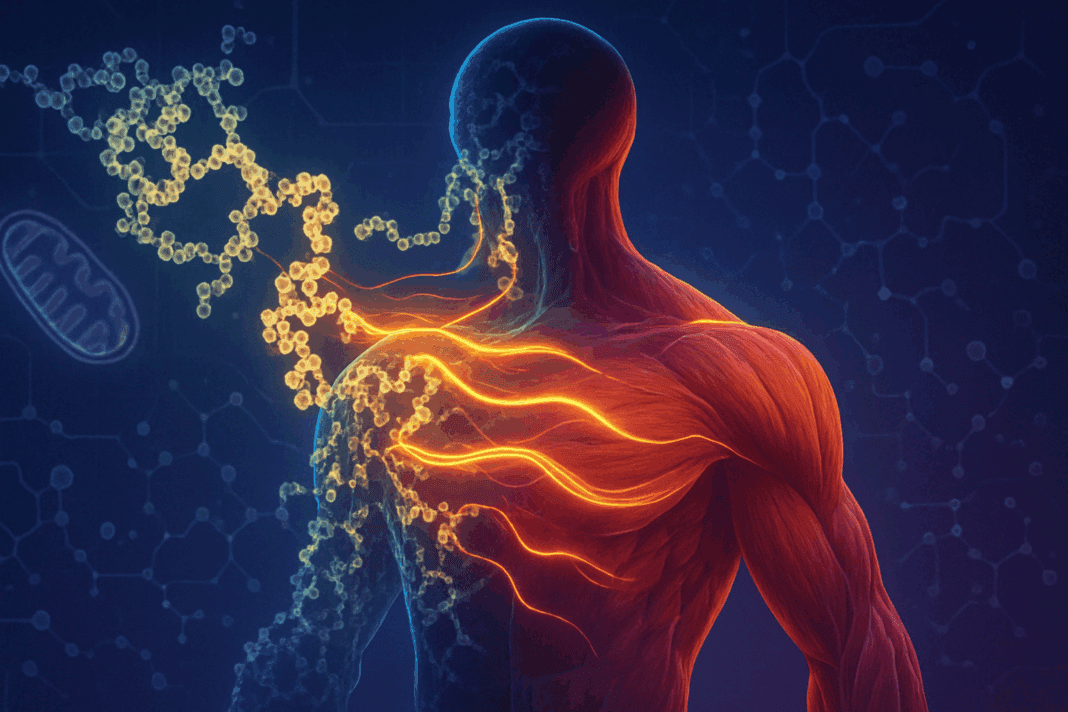In the world of nutrition and human physiology, protein is often celebrated as the building block of life. Its critical role in muscle growth, tissue repair, hormone production, and immune function is well-known. However, less commonly discussed is protein’s relationship with energy metabolism. This exploration goes beyond conventional wisdom and delves into the science of how the body uses protein for energy, addressing important questions like: do proteins store energy, and what are proteins used for with energy needs? The answers are not only scientifically fascinating but also highly relevant for health-conscious individuals, athletes, and those navigating metabolic disorders.
You may also like: Macronutrients vs Micronutrients: What the Simple Definition of Macronutrients Reveals About Your Diet and Health
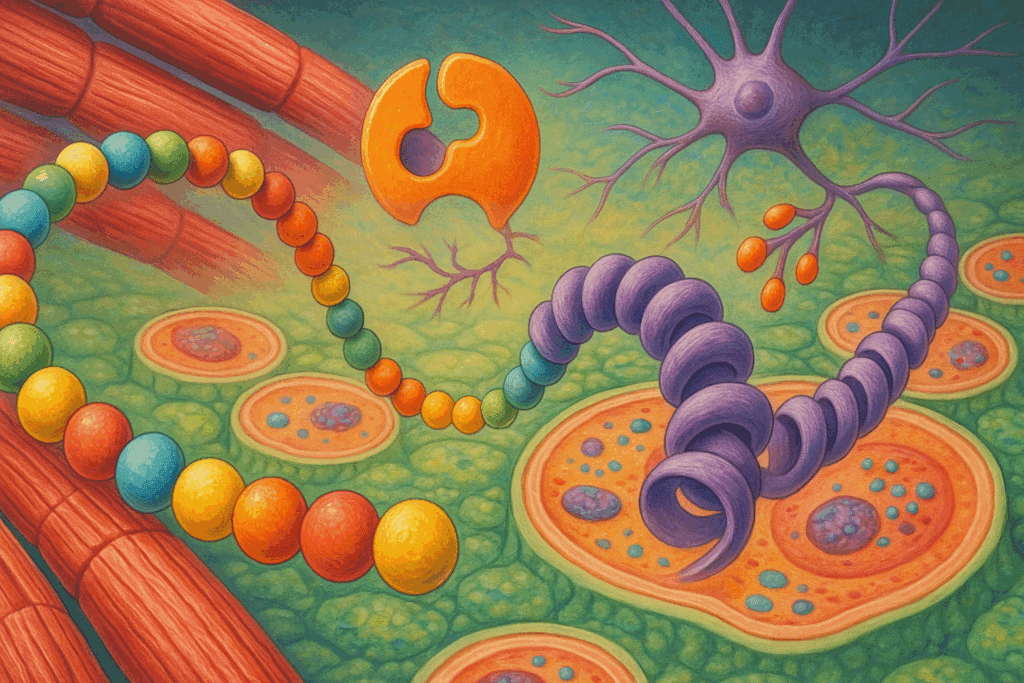
Understanding Protein’s Primary Functions
To appreciate how protein fits into the body’s energy strategy, we must begin with its primary responsibilities. Protein’s main function is not to fuel the body but to build and maintain its structure. Composed of amino acids, proteins form the backbone of muscles, skin, enzymes, and neurotransmitters. When dietary protein is consumed, it is broken down into its amino acid components, which are then absorbed into the bloodstream and utilized to maintain cellular function.
These amino acids are highly versatile. Some are used immediately for structural purposes, while others serve as precursors to vital biochemicals. Certain amino acids can even act as signaling molecules, influencing everything from metabolism to gene expression. Despite this versatility, energy provision is generally a secondary role. The body does not preferentially use protein for energy under normal conditions, especially when adequate carbohydrates and fats are available.
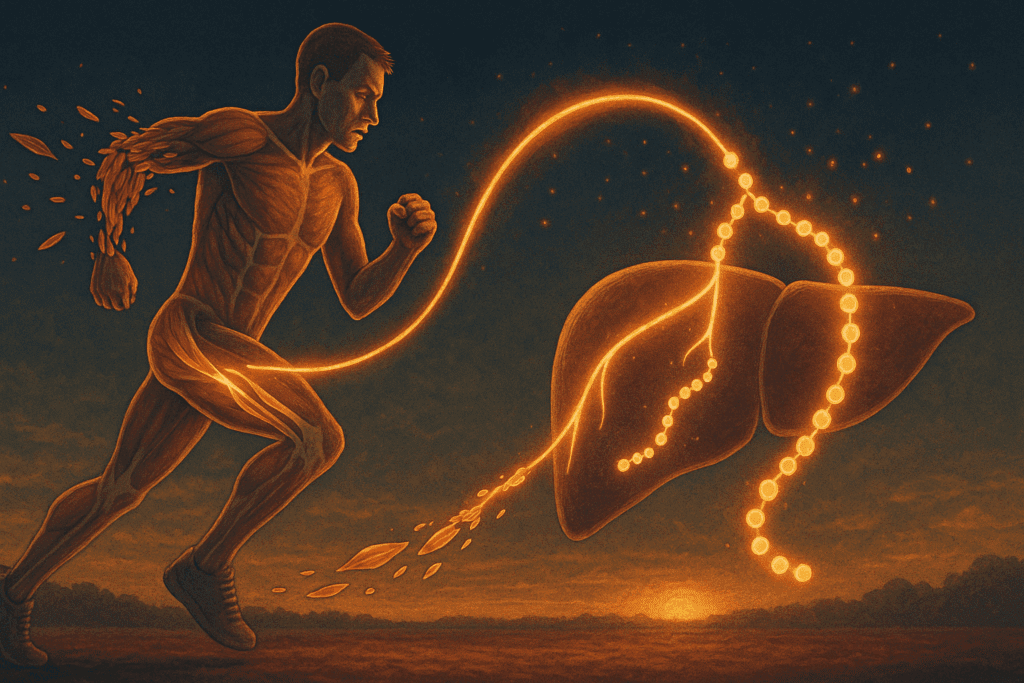
Protein as an Emergency Energy Source
In scenarios where carbohydrate and fat intake is insufficient—such as prolonged fasting, intense endurance exercise, or caloric restriction—the body may increasingly rely on protein for energy. This is often referred to as gluconeogenesis, a metabolic pathway where amino acids are converted into glucose, primarily in the liver. This conversion allows the body to maintain blood glucose levels when other sources are unavailable.
When considering what proteins are used for with energy in such states, it’s important to recognize that this process is metabolically costly and not ideal for long-term health. Breaking down muscle tissue for energy leads to muscle wasting, impaired immune function, and slower recovery from injury. Still, it is a critical evolutionary adaptation that ensures survival during periods of scarcity.
So, do proteins store energy in the way fats do? Not exactly. Unlike triglycerides, which are stored in adipose tissue and easily mobilized for energy, protein is not stored in reserve for future use. The body maintains an amino acid pool, but this is more like a dynamic balance than a traditional storage depot. Thus, the question “do proteins store energy” can be answered with a qualified no. While they can be used for energy, they are not designed to be stored for that purpose.
The Caloric Contribution of Protein
Every gram of protein yields approximately four kilocalories of energy, similar to carbohydrates. However, the metabolic pathways involved in extracting that energy are more complex. Unlike glucose, which is readily oxidized in glycolysis and the citric acid cycle, amino acids must undergo deamination—the removal of their nitrogen group—before they can enter energy-producing pathways. This process generates urea as a byproduct, which must be excreted by the kidneys.
This additional metabolic burden explains why the body prefers not to use protein as a primary energy source. From a nutritional standpoint, high-protein diets are less efficient in terms of pure energy yield when compared to carbohydrate- or fat-based diets. However, for individuals aiming to preserve lean mass while losing fat, the thermic effect of protein and its role in satiety can be advantageous, even if it plays a limited role in direct energy storage.
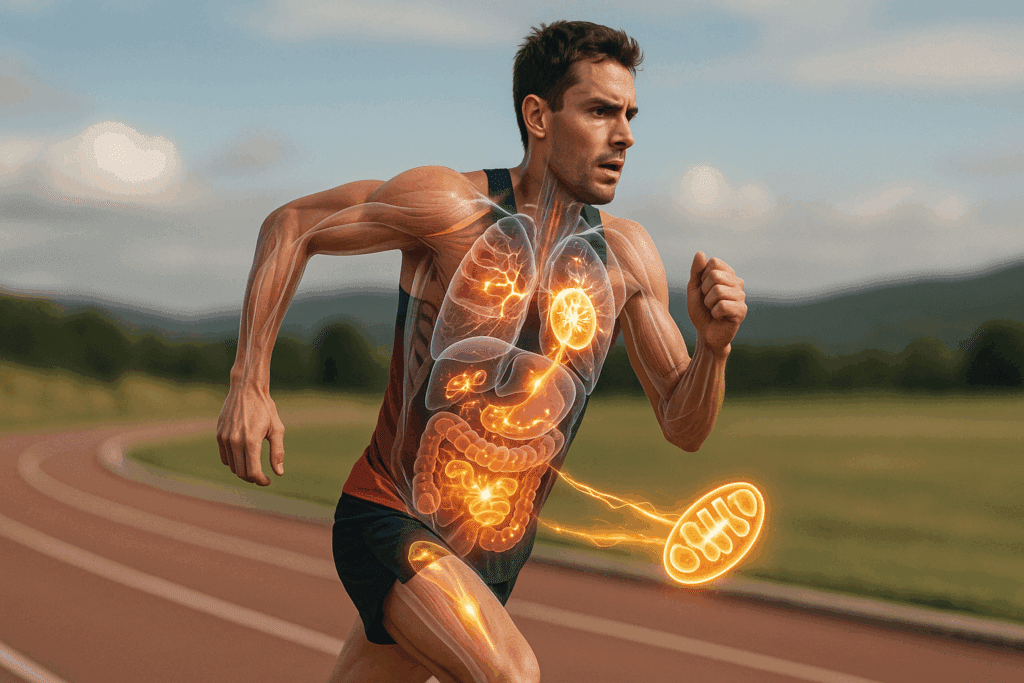
Protein’s Role in Exercise and Energy Demands
Athletes and fitness enthusiasts often find themselves wondering what proteins are used for with energy in the context of training. While carbohydrates remain the dominant fuel source during most forms of exercise, protein can become a supplementary source of energy during prolonged or highly intense physical activity. This is particularly true in endurance sports like marathons, triathlons, or ultra-distance events where glycogen stores are depleted.
In these cases, branched-chain amino acids (BCAAs) such as leucine, isoleucine, and valine can be oxidized by skeletal muscle to provide ATP, the energy currency of the cell. Though this contribution is relatively small—accounting for roughly 5-10% of total energy expenditure during prolonged activity—it can be significant over time. Additionally, protein consumption post-exercise plays a crucial role in recovery, muscle repair, and adaptive remodeling.
Thus, while the answer to “do proteins store energy” remains largely negative, their contribution to maintaining energy balance under stress cannot be ignored. Proper protein intake ensures the body does not sacrifice its own tissues for energy, preserving functional capacity and performance.

Metabolic Context and Protein Utilization
The extent to which protein is used for energy depends greatly on the metabolic context. For example, in individuals following ketogenic or very low-carbohydrate diets, protein becomes a more prominent substrate for gluconeogenesis. This metabolic shift is often accompanied by elevated nitrogen waste and requires robust kidney function to handle the increased urea production.
Conversely, in well-fed individuals consuming balanced macronutrient ratios, protein utilization for energy is minimal. Here, the body prioritizes carbohydrates for quick energy and fats for long-term storage and fuel. In this context, the role of protein shifts fully to tissue maintenance, enzyme production, and immune support. It is only when these needs are unmet, or when alternative fuel sources run low, that the body reassigns protein toward energy provision.
Understanding what proteins are used for with energy also involves recognizing the hormonal signals that regulate metabolism. In states of high insulin, such as after a carbohydrate-rich meal, the body suppresses protein breakdown and promotes anabolic activities. In contrast, during fasting or high-intensity training, elevated cortisol and glucagon levels enhance protein catabolism to maintain glucose homeostasis. These hormonal shifts illustrate the dynamic and adaptive nature of protein metabolism.
Clinical Perspectives on Protein and Energy
In clinical settings, understanding how protein contributes to energy is crucial in managing conditions like cachexia, sarcopenia, and chronic kidney disease. Patients with cancer or AIDS, for instance, often experience muscle wasting as their bodies increase protein catabolism to meet heightened energy demands. In such cases, nutritional interventions focus on increasing protein intake to slow down catabolic processes and preserve lean tissue.
Similarly, elderly individuals with age-related muscle loss must consume adequate protein to meet both structural and metabolic demands. Even though protein is not stored for energy, ensuring consistent intake can prevent the body from breaking down existing tissues to meet energy needs. This underscores why the question “do proteins store energy” is so clinically relevant—because while they are not a direct energy reserve, their metabolic value becomes critical in the absence of sufficient calories or under physiological stress.
In patients with compromised kidney function, excess protein intake can be problematic due to the increased nitrogen waste burden. However, this must be balanced against the risk of malnutrition and muscle degradation. Here again, understanding what proteins are used for with energy helps clinicians craft personalized dietary strategies that support both energy balance and organ health.
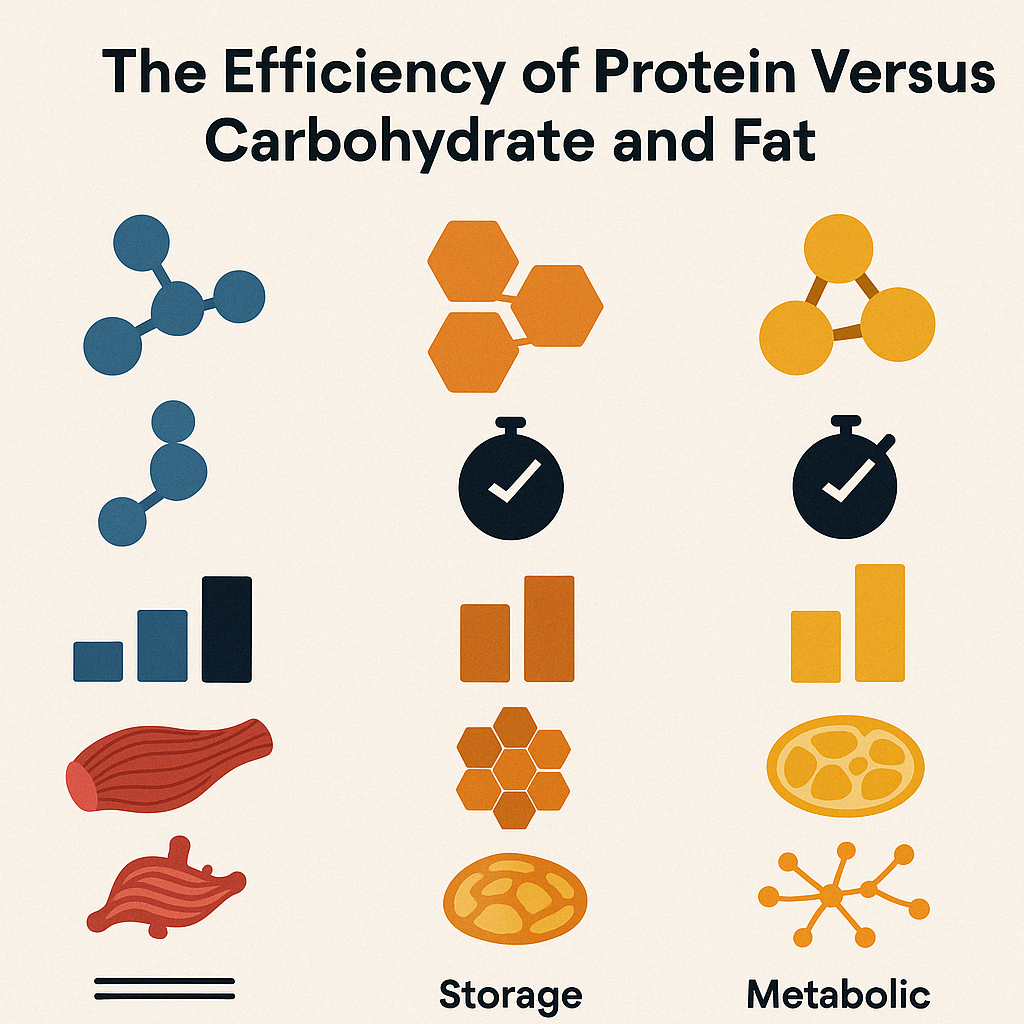
The Efficiency of Protein Versus Carbohydrate and Fat
From an energy efficiency standpoint, fats provide the highest energy yield, with nine kilocalories per gram, compared to four kilocalories per gram for carbohydrates and protein. However, the speed and accessibility of energy matter just as much as the total yield. Carbohydrates are quickly digested and absorbed, making them ideal for immediate energy needs. Fat oxidation, while efficient, is slower and best suited for prolonged, low-intensity activity.
Protein, meanwhile, sits in an intermediate position. It offers moderate energy yield but requires significant metabolic processing. This makes it a less desirable primary energy source. Still, its multifunctionality provides a distinct advantage in situations where structural integrity and metabolic support are equally important. It is this dual role—supporting both form and function—that makes protein indispensable in human nutrition.
While fats are stored in adipose tissue and carbohydrates are stored as glycogen in the liver and muscles, protein is incorporated into functional tissue. Therefore, the answer to “do proteins store energy” must acknowledge that protein storage is not designed for future energy withdrawal. Instead, its presence in the body reflects ongoing structural demands and not surplus caloric availability.
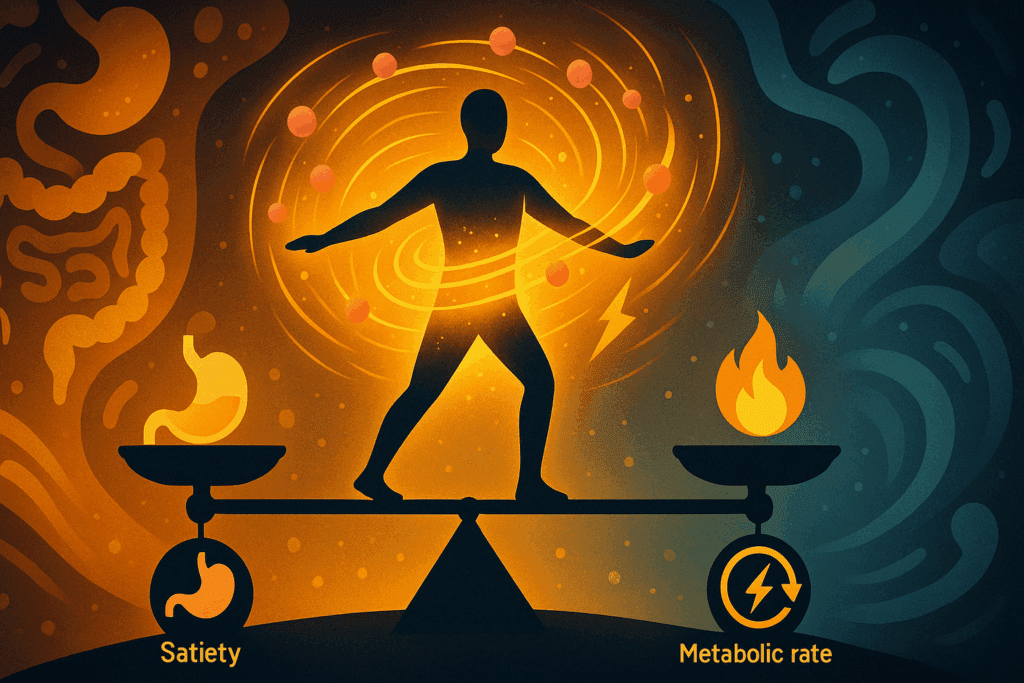
The Role of Protein in Weight Management
Protein’s influence on satiety, thermogenesis, and metabolic rate makes it a powerful ally in weight management. High-protein diets have been shown to increase feelings of fullness, reduce total caloric intake, and boost resting energy expenditure. While these effects are not direct answers to the question of what proteins are used for with energy, they illustrate how protein influences the overall energy equation.
The thermic effect of food (TEF) refers to the energy required to digest, absorb, and metabolize nutrients. Protein has the highest TEF of all macronutrients, ranging from 20-30%, compared to 5-10% for carbohydrates and 0-3% for fat. This means that a significant portion of the calories from protein are used just to process it. Thus, while protein may not store energy like fat or fuel the body as rapidly as glucose, it influences energy balance in a metabolically meaningful way.
These mechanisms highlight how dietary protein shapes energy dynamics even when it is not the body’s primary fuel. Understanding what proteins are used for with energy offers valuable insights into how protein contributes to weight stability, appetite regulation, and body composition, especially during periods of caloric deficit.

Molecular Adaptations and Long-Term Protein Use
At the molecular level, the body adapts to varying protein intakes and energy needs through changes in enzyme activity and gene expression. For instance, enzymes involved in amino acid catabolism become more active during fasting or high-protein diets. Additionally, skeletal muscle increases its capacity to oxidize certain amino acids in response to training, highlighting the dynamic nature of protein metabolism.
These molecular adaptations ensure that the body can optimize energy use under different physiological conditions. They also underscore the importance of protein quality and digestibility. Complete proteins, containing all essential amino acids, support more efficient energy metabolism and structural repair. Incomplete proteins, while still valuable, may require dietary combinations to achieve the same functional impact.
Do proteins store energy? Not in the traditional sense. But they equip the body with metabolic versatility, allowing it to adapt to stress, scarcity, and recovery. The proteins we consume become integrated into a living, responsive system—one that balances structure with survival.
Frequently Asked Questions: How the Body Uses Protein for Energy
1. Can protein serve as a reliable energy source during intermittent fasting or low-carb diets? While protein isn’t the body’s first choice for fuel, it becomes a critical energy contributor during prolonged fasting or carbohydrate restriction. Under these conditions, the body uses gluconeogenesis to convert amino acids into glucose. This process is essential to maintain energy for tissues that depend on glucose, such as the brain and red blood cells. When discussing what are proteins used for with energy, this adaptive mechanism is a prime example. However, relying too heavily on protein for energy during fasting may lead to muscle breakdown, so a well-planned macronutrient balance is essential for sustained energy and muscle preservation.
2. In what ways do high-protein diets affect overall energy availability in endurance athletes? High-protein diets can indirectly support energy metabolism by preserving lean muscle and promoting quicker recovery. For endurance athletes, the body sometimes uses amino acids as backup fuel during extended physical exertion, particularly when glycogen is depleted. Understanding what proteins are used for with energy in this context includes their role in sustaining performance under metabolic stress. Although not the most efficient fuel, protein oxidation can help fill the gap when carbohydrates are low. Still, excessive protein intake without adequate carbohydrate replenishment can compromise endurance and energy levels over time.
3. Do proteins store energy in a way similar to fats or glycogen? No, proteins do not function as long-term energy stores. Unlike fat stored in adipose tissue or glycogen in muscles and liver, proteins are integrated into functional tissues and used structurally. The answer to “do proteins store energy” lies in this distinction: the body doesn’t warehouse protein specifically for energy use. Instead, protein becomes available for energy only when other sources are insufficient or during catabolic states. This makes protein a conditional energy source rather than a reserve one.
4. How do chronic illnesses alter how the body uses protein for energy? Chronic diseases like cancer, COPD, or advanced heart failure significantly alter protein metabolism. These conditions often trigger systemic inflammation and increase resting energy expenditure, which elevates the demand for protein as an energy buffer. In these cases, what proteins are used for with energy shifts dramatically, often at the expense of muscle mass. The catabolic environment can lead to rapid muscle wasting, making adequate dietary protein critical. Nutritional strategies in these contexts must prioritize protein both for structure and as a vital fallback energy source.
5. What is the impact of age on protein’s role in energy metabolism? As we age, the body’s ability to utilize dietary protein efficiently declines—a phenomenon called anabolic resistance. This means more protein is required to stimulate the same muscle-building response seen in younger adults. When dietary intake is inadequate, older individuals may begin using muscle protein for energy, especially during illness or under stress. Therefore, addressing what are proteins used for with energy in older adults includes both meeting increased intake needs and preventing muscle catabolism. Consistent, high-quality protein intake becomes central to preserving both function and energy balance in aging populations.
6. Can protein supplementation during illness reduce fatigue caused by energy deficiency? Yes, especially in cases of inadequate calorie consumption, protein supplementation can help offset energy loss. During illness, when appetite is often suppressed, the body still requires energy to support immune function, tissue repair, and cellular turnover. If carbohydrates and fats are limited, the body turns to protein for gluconeogenesis. This highlights a nuanced aspect of what are proteins used for with energy—they can help sustain baseline function during caloric deficits. However, supplementation should be part of a balanced nutritional approach to avoid excessive nitrogen waste and renal strain.
7. Are there risks associated with relying on protein for energy too frequently? Yes, consistently using protein as a primary energy source can strain the kidneys due to increased nitrogen waste and may contribute to muscle loss. When considering the question “do proteins store energy,” it’s important to note that protein is not meant to be tapped regularly for fuel. Frequent reliance on protein for energy also reduces its availability for critical functions like enzyme synthesis, immune defense, and cellular repair. Over time, this imbalance can lead to reduced metabolic efficiency and weakened physiological resilience. Long-term dietary strategies should prioritize carbohydrates and fats for energy to preserve protein’s structural roles.
8. What role does protein play in energy production during metabolic disorders like diabetes? In type 2 diabetes or insulin resistance, the body’s ability to use carbohydrates efficiently is impaired. In response, the body sometimes increases its use of protein-derived glucose via gluconeogenesis. This shifts what proteins are used for with energy toward metabolic compensation. While this adaptation helps regulate blood sugar, it can also lead to increased protein breakdown if dietary intake isn’t sufficient. Strategically increasing protein quality and distribution throughout the day can help manage energy needs without sacrificing lean body mass.
9. Are there specific types of protein that support energy production better than others? Yes, certain proteins are more bioavailable and complete in their amino acid profiles, which makes them more efficient for both structural use and energy conversion. Animal-based proteins, such as whey, eggs, and meat, are complete proteins that provide all essential amino acids. These are particularly useful when protein must be used for energy under stress. So, when evaluating what are proteins used for with energy, it’s not just the amount that matters—it’s the quality and digestibility. Plant-based proteins can also contribute but may require strategic combinations to match the efficiency of animal sources.
10. How might future nutritional science influence our understanding of protein and energy? Emerging fields like personalized nutrition and metabolic typing are beginning to reshape how we view protein’s role in energy. Advances in nutrigenomics suggest that genetic factors may influence how effectively individuals convert protein into usable energy. As science evolves, the question “do proteins store energy” may take on new dimensions, especially if researchers identify cellular mechanisms that allow protein to support energy more efficiently in certain contexts. We may also see innovations in protein supplementation, such as tailored amino acid blends designed for energy resilience in illness, aging, or athletic recovery. These developments promise a more individualized approach to how proteins meet energy needs in diverse populations.
Conclusion: Why Understanding Protein’s Role in Energy Matters for Long-Term Health
In exploring the intricate relationship between protein and energy, it becomes clear that while protein is not a storage form of energy like fat or a rapid fuel like carbohydrates, it plays an essential supporting role in maintaining energy balance, particularly during times of physiological stress or nutritional scarcity. The question “do proteins store energy” highlights a fundamental truth in human metabolism: that protein is functional, not storage-based. It is mobilized not for convenience, but for necessity.
Equally, when considering what proteins are used for with energy, we uncover the adaptive flexibility of the human body—its ability to redirect structural resources toward energy production when needed. This ability, while remarkable, comes at a physiological cost, which underscores the importance of a balanced diet that spares protein from such roles whenever possible.
For individuals striving to optimize body composition, improve athletic performance, recover from illness, or simply maintain long-term wellness, understanding how protein contributes to energy metabolism is crucial. It’s not merely about grams of intake or calories consumed, but about appreciating how protein underpins the dynamic balance of energy, structure, and survival. When dietary strategies are informed by this knowledge, they become not just nutritional plans, but blueprints for enduring health.
Whether you’re an athlete pushing physical limits, a clinician managing chronic disease, or a health-conscious individual navigating your dietary choices, recognizing the multifaceted role of protein in energy metabolism offers a deeper understanding of human physiology. It empowers more informed decisions and fosters a relationship with food rooted in science, functionality, and long-term wellbeing.
Further Reading:
9 Important Functions of Protein in Your Body


